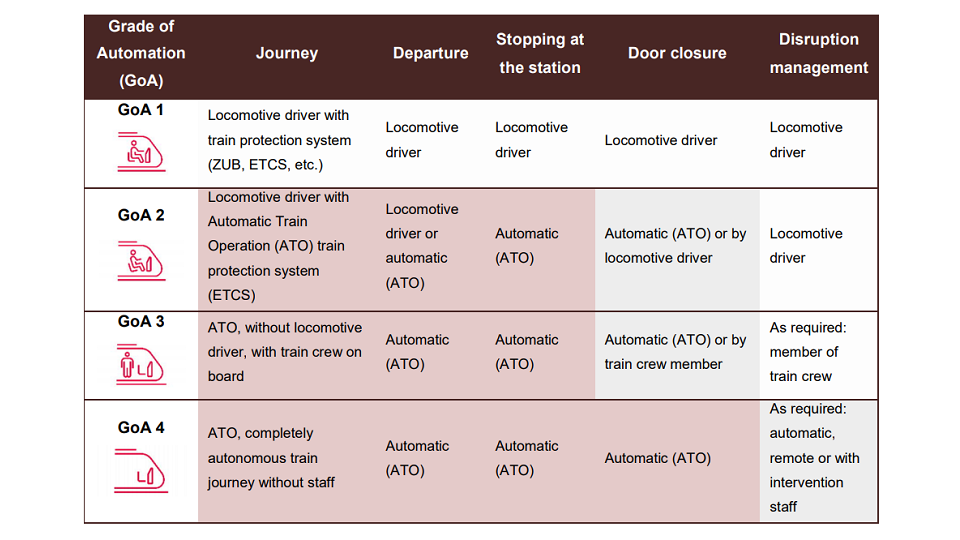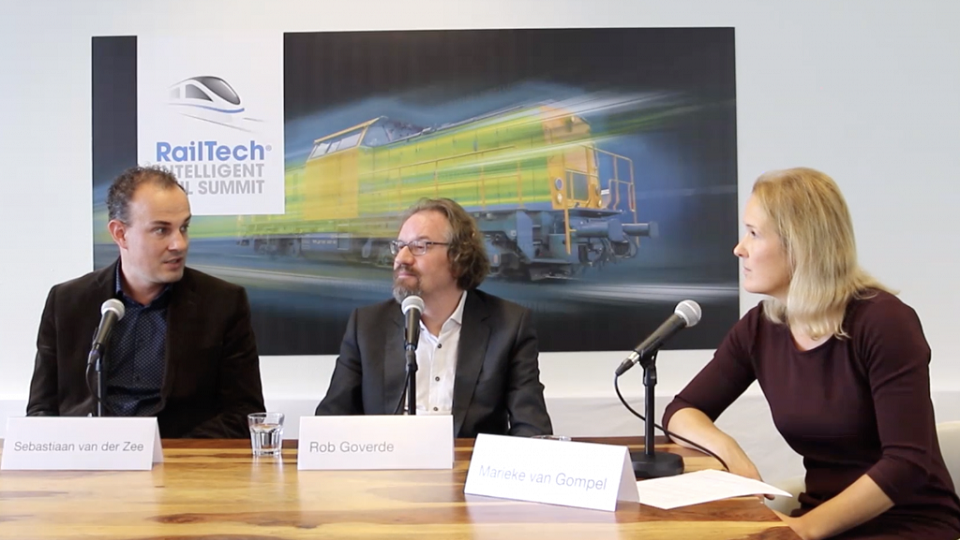Environment and traffic are main obstacles for ATO on mainlines
Autonomous trains have become quite common for metro systems around the world carrying billions of passengers a year. But why are they not so popular on the mainlines? What does hinder the deployment of ATO on commuter and long-distance routes? And what benefits will the technology bring to this segment of the rail sector? These questions have been discussed at the RailTech webinar that took place on 4 October and was dedicated to ATO.
Automatic Train Operation, more common under acronym ATO, is being appeared more and more in the media reports and journal articles. In March 2018 British rail infrastructure manager Network Rail together with train operating company Govia Thameslink Railway put ATO into commercial service on the Thameslink route. Since then, a series of experiments have been performed in other European countries such as the Netherlands and France. Moreover, there are even plans to test the cross-border ATO service between Germany and the Netherlands. No wonder, the recent webinar of RailTech was devoted to this theme. Two experienced speakers participated in it: Rob Goverde, Professor of Railway Traffic Management & Operations at Delft University of Technology, and Sebastiaan van der Zee, a project leader ATO at Alstom The Netherlands.
Grades of automation
Instead of the forewords, Rob Goverde pointed out the difference in using the ATO acronym. In fact, there are four distinguishable grades of automation (GoA) or four levels of ATO. They increase with reducing the role of a train driver – from supported to automated driving. At the first level (GoA1), majority of operations are performed by a train driver who is supported with train protection system, while at the fourth level (GoA4), the role of the human is reduced only to intervention in emergency cases (see the picture below).
Text continues below the picture.

His counterpart, Sebastiaan van der Zee, emphasised that ATO is familiar for the metro networks. Only the company he works at, Alstom, has already deployed the GoA4 technology on 55 metro lines in 37 cities. Another question is the mainlines. In this segment, the process is at the beginning and most of the cases are dealt with GoA2 level. “We are redeveloping the standards for the mainlines. They are a little bit different from metro lines,” Sebastiaan van der Zee noted. His company made some progress in this area. Last year Alstom participated in the ATO tests on Betuweroute, the Dutch freight line between the German border and port of Rotterdam.
Obstacles for ATO
Sebastiaan van der Zee called the environment of mainlines as a key obstacle for ATO deployment. It requires another approach and standards compared to metro lines. Rob Goverde agreed with the counterpart. At the same time, he named the train traffic itself as the main obstacle for ATO. “I think the main obstacle is to monitor all the traffic,” Mr Goverde said. The mainlines have much more complicated train schedule with various railway operators and if one train delays, it impacts on all other connections. Moreover, most of the mainlines have combined, passenger and freight, traffic that also makes the monitoring more difficult. Rob Goverde believes that implementation of ATO on the mainlines requires another approach to traffic management. “There should be an automated traffic management system that is connected to Automatic Train Operation,” he specified.
Text continues below the picture.

ATO benefits
Despite the above-mentioned obstacles, more and more railway companies are testing ATO. Someone could say that they are only fascinated by the charm of the innovative technology. However, both speakers of the webinar believe that these activities are dealt with the long-term benefits. Sebastiaan van der Zee listed three main advantages of the technology. It provides the rail sector with energy-saving due to the more accurate stopping, increases the network capacity because of reducing the margin in the timetable and eventually leads to a better service. “In the end, the benefits of ATO are much higher than the investment’s cost,” he summed up.
At the same time, Rob Goverde specified that many railway operators are interested in the implementation of ATO GoA2, at least for the next 10 or 20 years. “GoA4 might be interesting on the short sections and bottlenecks,” he noted. The TU Delft’s professor gave an example of Schiphol airport that could become the future location for deploying ATO of the fourth level (GoA4). According to him, implementation of the technology on longer distances requires more costs regarding the environment alongside the tracks. Therefore, he believes, more railway companies are interested in GoA2 as a convenient tool to improve their operations and reduce their costs. In this regard, one of the potential area for implementing ATO is shunting services.
Watch the webinar
The article covers only the main points that were discussed at the webinar. Did you miss the webinar and do you want to watch it now? Follow the link to replay it. The webinar was organised in the run-up to Intelligent Rail Summit 2019 that will take place on 19-21 November in the headquarters of UIC Paris, France. Automatic Train Operation (ATO) and rail digitalisation will be the key themes of the event.
The programme of Intelligent Rail Summit 2019 is available here.





